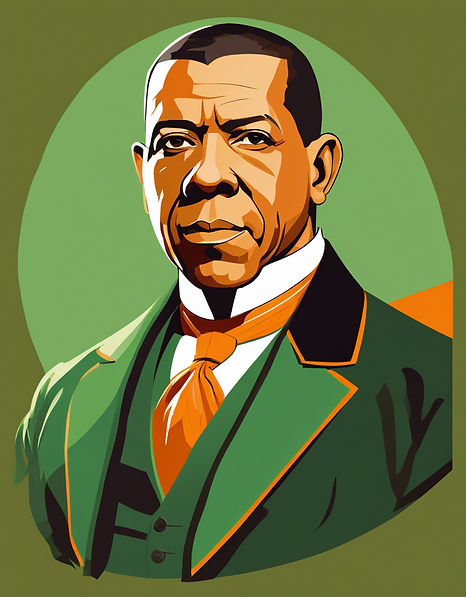A R T with M R. F A I R C H I L D


Visual Arts 2025-2026
COLLABORATIVE POSTERS
(Black History Month)






Lessons:
In this project, we celebrate Black History Month by engaging in creating collaborative portrait paintings of influential Black leaders, artists, and changemakers!
Through this visual arts activity, you will explore the significance of influential figures, learn about their contributions, and express their stories through vibrant, collective artworks. Working together, we develop artistic skills while fostering teamwork and a deeper appreciation for diversity and cultural heritage.
The final portraits will be displayed to inspire and educate the school community, highlighting the power of art as a tool for storytelling and connection.


KAMALA HARRIS
BARACK OBAMA
(First Black VP/Female VP of the US)
(First Black President of the United States)

• Historic Firsts: First woman, Black, and South Asian American Vice President of the U.S.
• Criminal Justice Reform: Worked as California Attorney General to promote racial equity and justice.
• Advocate for Marginalized Communities: Focused on policies to support racial minorities, women, and immigrants.
• Role Model: Inspires future leaders by breaking barriers and representing diverse communities.
• Barack Obama became the first Black President of the United States
• Spoke about issues affecting marginalized communities, including systemic racism, criminal justice reform, and economic disparities
• His presidency led to increased visibility and representation of Black voices in media, politics, and culture

MARTIN LUTHER KING JR.
(Civil Rights Leader)

Frederick Douglas
(Author, Abolitionist, Social Activist)
Rosa Parks
(Civil Rights Activist, the Montgomery Bus Boycott)

Booker T. Washington
(Educator, Author, Public Speaker)

•Civil Rights Icon: Rosa Parks was a key figure in the Civil Rights Movement.
•Montgomery Bus Boycott: She sparked the boycott by refusing to give up her seat in 1955.
•Activist: She advocated for racial equality throughout her life.
•Legacy: Her actions became a symbol of resistance to segregation.
•Civil Rights leader
•Born a slave in 1818
•Taught himself to read
•At 20, he escaped from slavery
•Spoke at protests and wrote about his experiences
•Advocated for equality for all people, including women
•Martin Luther King Jr. was a leader in the American civil rights movement
•He gave the famous "I Have a Dream" speech in 1963, where he shared his vision of a world where people are judged by their character, not the color of their skin.
•He believed in nonviolence and organized peaceful protests like the Montgomery Bus Boycott and the March on Washington.
•In 1964, he was awarded the Nobel Peace Prize for his efforts to end racial discrimination through nonviolent means.
-
Booker T. Washington (1856–1915) was an educator and leader.
-
Founded Tuskegee Institute in 1881.
-
Advocated for vocational education and self-reliance.
-
Advised U.S. presidents on Black advancement.
-
Delivered the 1895 Atlanta Compromise speech.





